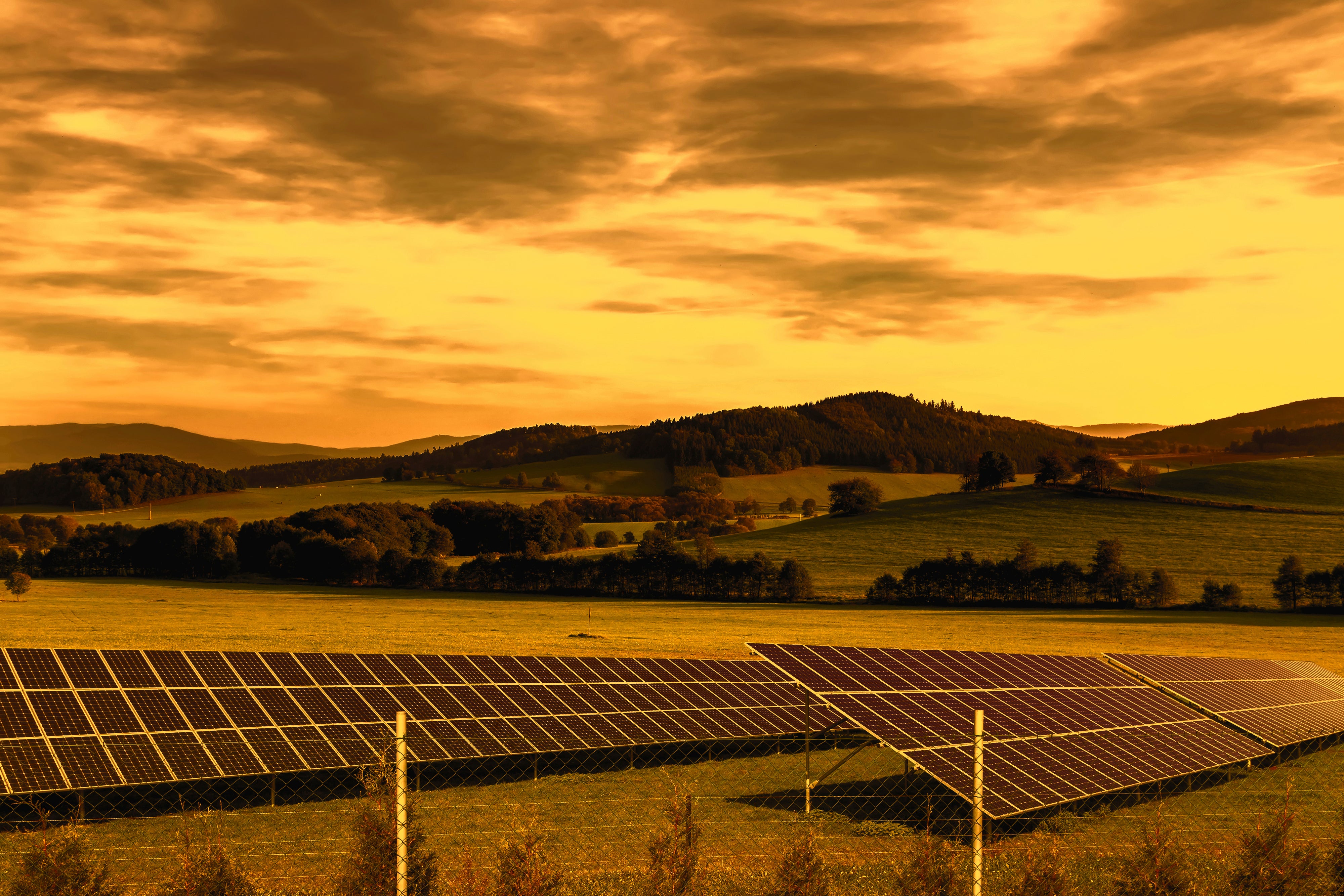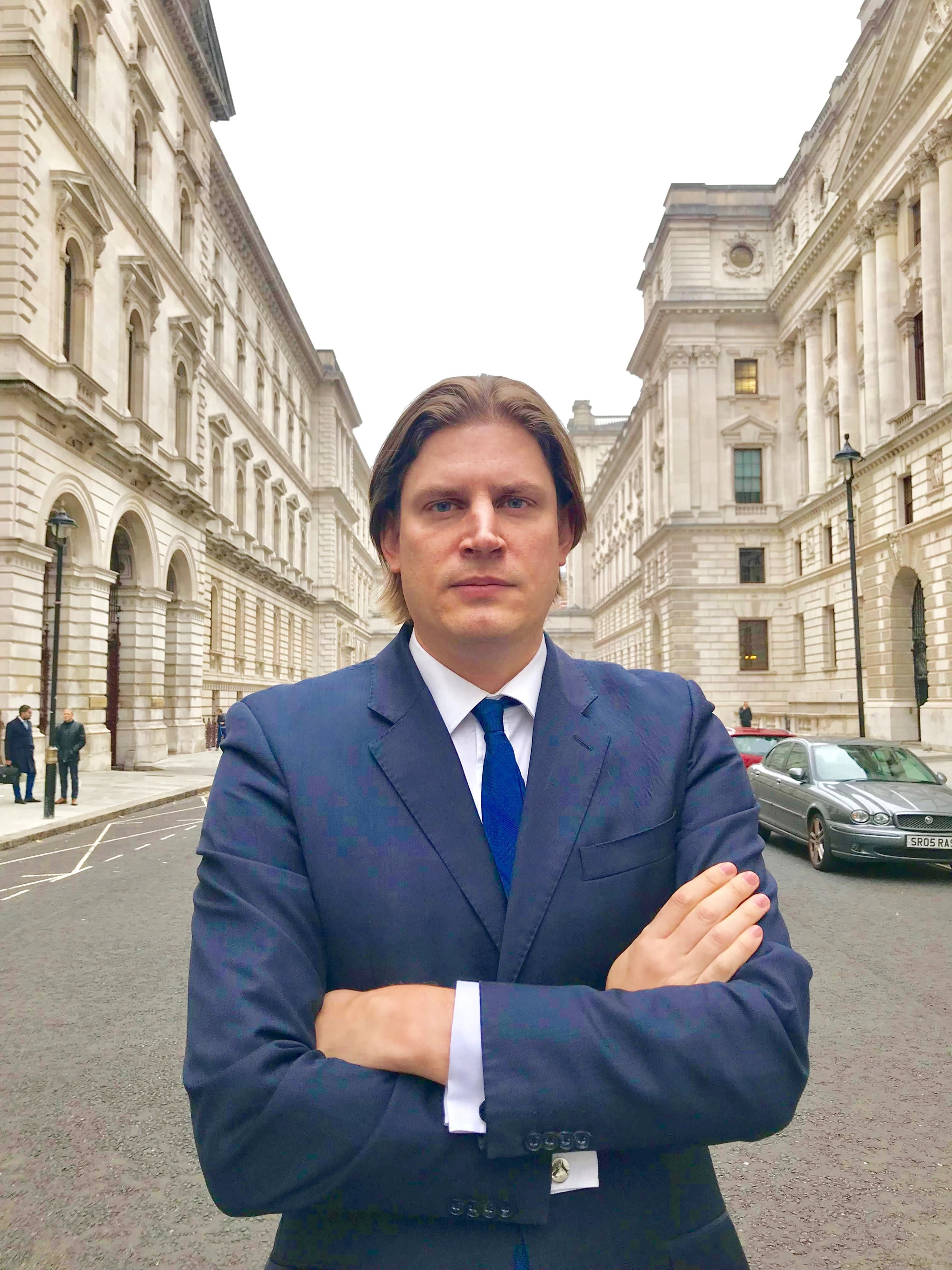 In 1899 American Ada Blenkhorn—inspired by a disabled nephew—wrote the popular folk song
Keep On the Sunny Side. As legend would have it, Blenkhorn’s nephew always wanted his wheelchair pushed down the “sunny side” of the street. Not for the first time, sunshine was linked to optimism and the lyric stuck with working-class audiences. Twenty-nine years later, Maybelle Carter’s thumb brushing gave it a bright future and The Carter Family, an American folk music group, carried it through the Great Depression and the Second World War.
In 1899 American Ada Blenkhorn—inspired by a disabled nephew—wrote the popular folk song
Keep On the Sunny Side. As legend would have it, Blenkhorn’s nephew always wanted his wheelchair pushed down the “sunny side” of the street. Not for the first time, sunshine was linked to optimism and the lyric stuck with working-class audiences. Twenty-nine years later, Maybelle Carter’s thumb brushing gave it a bright future and The Carter Family, an American folk music group, carried it through the Great Depression and the Second World War.
As I reflect on Blenkhorn, I am 30,000 feet above France and Spain, bound for Barcelona. I know from a decade of writing about renewable energy that I must be passing over hundreds of MWs of ground-mounted photovoltaic solar projects. But from this altitude, it’s difficult to make out much detail. I prefer the view from 10,000 feet where the built environment comes into its own at a scale more akin to that of a model train set. That’s when you really begin to see the opportunity—and the fact that few have taken advantage of it.
Utility-scale solar power requires lots of space and ground-mounted rural greenfield projects are popular—both for the relative ease of construction and economic efficiency. However, land is a limited resource and its use must always be carefully considered. The built environment already leaves a significant footprint on our natural landscape. Even at 30,000 feet, the morning sun illuminates every man-made structure, and the environmentalist in me wonders if we have captured the opportunity reflected off of every rooftop. The industrialist in me knows we have not—not even close. Even in a country as progressive on renewable energy as Spain, my view of sun-baked orange rooftop tiles on descent into Barcelona confirms that we have only just scratched the surface of what we should aim to achieve.
Building rooftop solar schemes to scale is challenging. Not only are you often retrofitting existing buildings, but you are also dealing with hundreds—if not thousands—of different property owners. Rooftop solar projects have been most effective when procured by a single owner—public or private—as part of a large portfolio of real estate holdings. The property owner generates more value from its asset base, and the community gets renewable energy with minimal land impact. Win-win.
But how can communities really cash in on this opportunity with thousands of property owners controlling the local “roof estate”? One of the best ways to manage such coordinated efforts is through public-private partnerships (PPPs). In emerging markets, where arguably clean energy is needed the most, organizations like IFC are already leading these efforts.
In 2012, IFC supported the government of Gujarat in India with two 25-year build, own, operate (BOO) concessions to install thousands of grid-connected solar panels on rooftops throughout the capital city of Gandhinagar. The $10 million project was divided into two clusters—each with a significant 2.5 MW of installed capacity—and awarded to Azure Power and SunEdison. As a PPP, the public authority represented the largest single property owner as the local government sought to leverage the roof estate of large public buildings such as schools, hospitals, and offices. However, a minority portion of the project also covered private residences, where property owners currently receive rental income for hosting the panels.
This is the game changer if communities want to successfully see rooftop solar developed in their villages, towns, and cities. Public authorities must take ownership—or rather partnership—and lead from the front on this issue. Critically, they also need to work with property owners, private developers, and local utilities to pull it all together, facilitate the necessary agreements, and ensure the sustainable long-term management of the assets. Such collaboration is never easy and will require a lot of political discourse with constituents and local stakeholders. However, the goal is clear and in the public’s best interests—cleaner energy, cleaner air—and for some, access to affordable power where currently there is none.
Innovation is often the convergence of experience and opportunity. Rooftop solar and PPP have traditionally taken different routes, but now must come together for greater impact—and not without the perseverance of those promoting it. Blenkhorn was said to have nearly given up writing music at one point in her career. That was before she found the sunny side of life. Here’s hoping rooftop solar and PPPs find a same path.


Join the Conversation